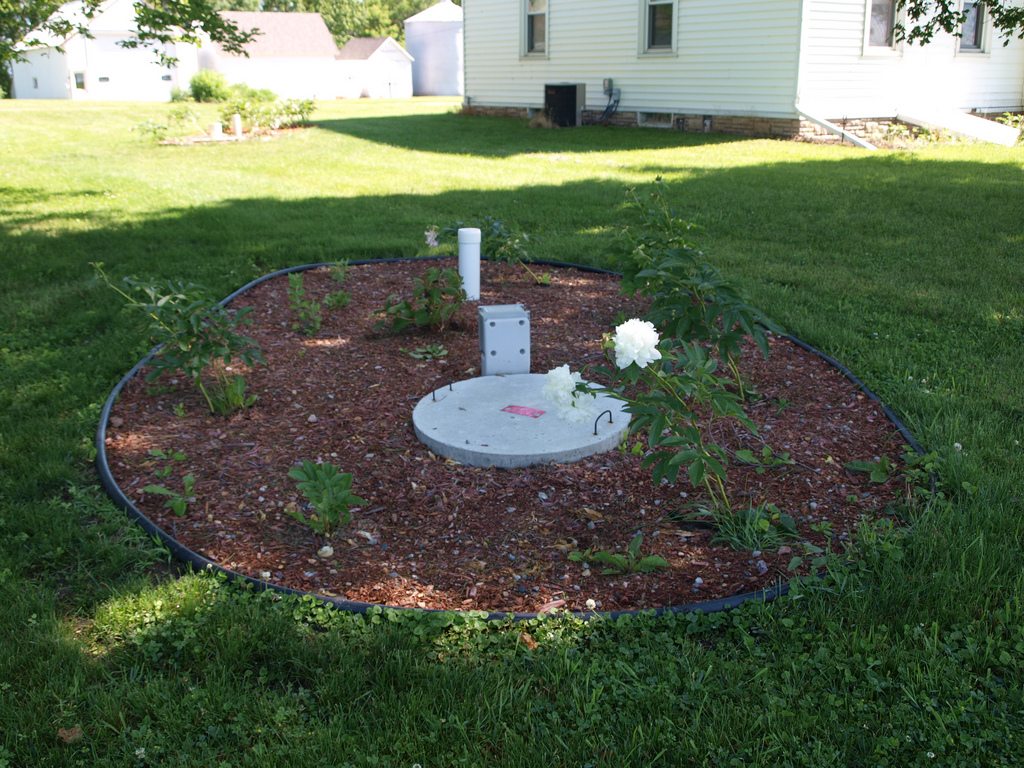Landscaping around your septic system requires careful planning to ensure both the beauty of your yard and the proper functioning of your septic system. Making informed choices can prevent costly repairs and maintain the system’s efficiency. Here are some essential do’s and don’ts to guide you:
Do’s:
-
Plant Grass or Shallow-Rooted Plants: Grass and other herbaceous plants are ideal for covering your drain field. Their shallow roots help prevent soil erosion and assist in absorbing excess moisture without infiltrating septic components.
-
Use Native, Drought-Tolerant Species: Opt for native plants that require minimal watering and maintenance. These plants are well-adapted to local conditions and reduce the risk of root intrusion into the septic system.
-
Maintain Accessible Septic Lids: Ensure that septic tank lids are easily accessible for maintenance and inspections. You can use lightweight, removable covers or decorative elements like birdbaths or potted plants to conceal them without hindering access.
-
Mark the System’s Location: Clearly identify the location of your septic tank and drain field. This helps prevent accidental damage during landscaping activities and ensures that heavy equipment doesn’t traverse these areas.
-
Direct Water Away from the Drainfield: Implement proper drainage strategies to divert rainwater and runoff away from the septic system. This prevents oversaturation of the drain field, which can impair its function.

Don’ts:
-
Avoid Planting Trees or Large Shrubs Nearby: Trees and large shrubs have extensive root systems that can infiltrate and damage septic components. It’s advisable to plant them at least 30 feet away from the septic system, with water-seeking species placed even farther.
-
Refrain from Installing Structures Over the System: Structures like decks, patios, sheds, or driveways can compact the soil and hinder the septic system’s operation. They also restrict access to maintenance and inspections.
-
Don’t Use Heavy Mulch or Plastic Sheeting: Materials that impede air exchange, such as heavy mulch or plastic sheeting, should be avoided over the drain field. Proper oxygen flow is essential for the septic system’s bacterial processes.
-
Avoid Overwatering the Area: Excessive irrigation can saturate the soil, reducing its ability to treat wastewater effectively. Ensure that irrigation systems do not overwater the drainfield area.
-
Do Not Plant Vegetable Gardens Over the Drainfield: Growing edible plants over the drainfield is discouraged due to potential contamination risks from the underlying wastewater.

By adhering to these guidelines, you can create a landscape that enhances your property’s aesthetics while ensuring the longevity and efficiency of your septic system.


